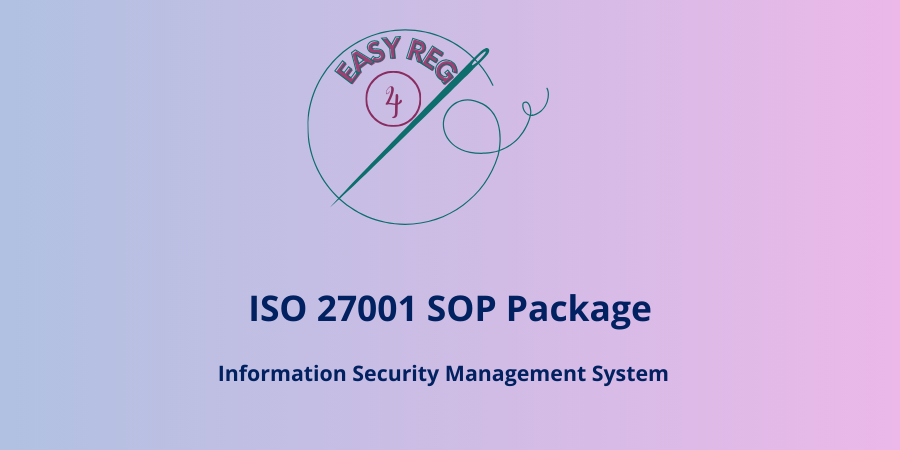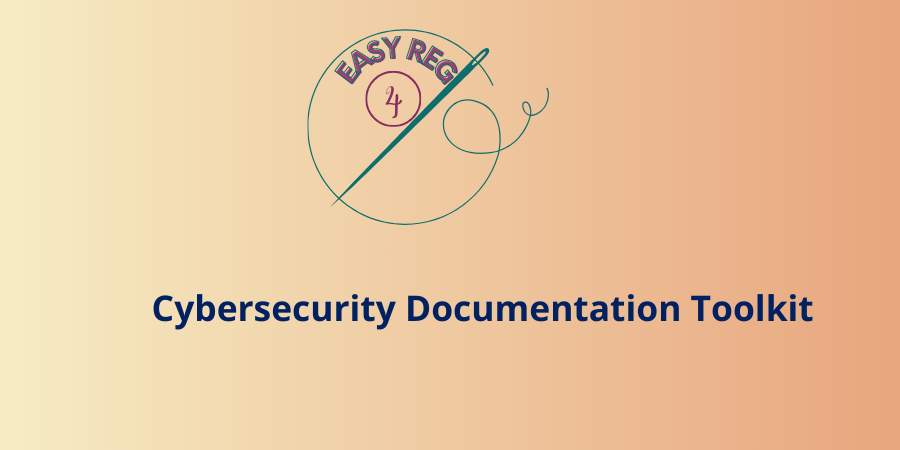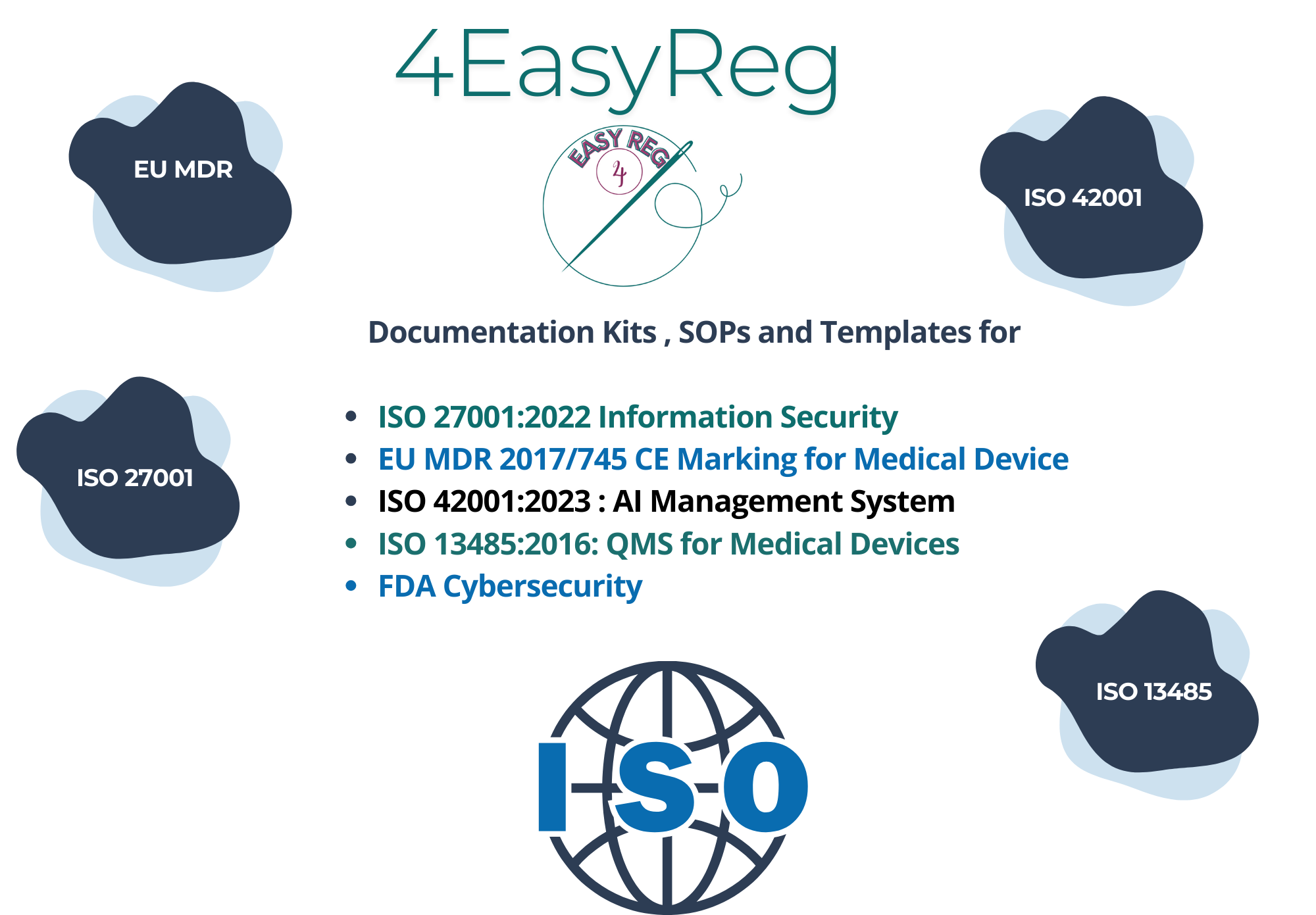In an era where data privacy is both a legal mandate and a trust-building necessity, conducting a Privacy Impact Assessment (PIA) is an essential practice for organizations aiming to manage privacy risks effectively. When paired with ISO 27701, a globally recognized standard for Privacy Information Management Systems (PIMS), organizations can elevate their approach to data privacy and compliance. This guide will explore the purpose, process, and benefits of PIAs, their integration with ISO 27701, and practical strategies for implementation.
Several topics related to information security and cybersecurity have been addressed in previous post, such as compliance to ISO 27001, vulnerability management, asset management, and information security management system policy .
Understanding Privacy Impact Assessments (PIAs)
A Privacy Impact Assessment (PIA) is a structured evaluation designed to analyze how personal data is collected, processed, stored, and shared within specific activities or systems. It identifies privacy risks associated with these processes and recommends measures to mitigate them. While PIAs are increasingly common in government agencies and heavily regulated industries, they are equally valuable for private organizations seeking to protect customer information and comply with privacy regulations.
The Purpose of a Privacy Impact Assessment
In a landscape dominated by innovation, organizations often focus on integrating new features and data sources to enhance user experiences and achieve business goals. However, these developments may inadvertently introduce privacy risks. A PIA acts as a checkpoint, ensuring privacy considerations are embedded into every phase of product or service development.
By requiring organizations to evaluate their information processing practices critically, PIAs provide a platform to:
- Identify Privacy Risks: Determine how specific data processing activities might affect individuals.
- Ensure Compliance: Align processes with legal, regulatory, and contractual obligations.
- Protect Data Subjects: Safeguard the rights and interests of individuals whose data is processed.
- Promote Accountability: Demonstrate due diligence in managing privacy risks.
Key Factors Assessed in a PIA
A PIA typically evaluates:
- Data Collected: Identifying data elements and determining their sensitivity.
- Legal Basis: Establishing the justification for data collection and processing.
- Data Sources: Understanding how data is acquired, whether directly from individuals or third parties.
- Usage: Documenting how data supports specific products or services.
- Retention: Defining data storage duration and disposal methods.
- Third-Party Sharing: Examining if data is shared with subprocessors or partners.
- Security Controls: Assessing safeguards like encryption, access controls, and pseudonymization.
This comprehensive approach enables organizations to understand their data flows and implement targeted privacy measures.
ISO 27701 and Its Role in Privacy Management
ISO 27701 is an extension of ISO 27001 and ISO 27002, focusing on the management of personally identifiable information (PII). It provides a framework for establishing, maintaining, and improving a Privacy Information Management System (PIMS). By aligning PIAs with ISO 27701, organizations can create a robust mechanism for managing privacy risks.
ISO 27701 complements PIAs by:
- Defining Privacy Roles: Establishing clear responsibilities for data controllers and processors.
- Enhancing Transparency: Ensuring organizations communicate privacy policies effectively.
- Standardizing Controls: Providing a globally recognized set of privacy management practices.
- Facilitating Compliance: Simplifying adherence to regulations like GDPR and HIPAA.

ISO 27001 SOP Package is the right to tool to support the full implementation of an Information Security Management System.
399 €
Steps to Conduct a Privacy Impact Assessment
A successful PIA involves the following steps:
1. Define Scope and Objectives
Determine which data processing activities or systems the PIA will evaluate. Clearly outline the assessment’s goals, such as identifying high-risk processes or ensuring regulatory compliance.
2. Identify Personal Data
Catalog all PII involved in the processing activity, noting its sources and intended use. Identify whether the data includes sensitive elements, such as health information or financial details.
3. Assess Privacy Risks
Analyze potential risks, including:
- Unauthorized access or data breaches.
- Misuse or over-collection of data.
- Non-compliance with legal requirements.
4. Evaluate Existing Controls
Examine technical and organizational safeguards in place, such as access restrictions, encryption, and employee training programs.
5. Document and Mitigate Risks
Compile findings into a report that includes:
- Identified risks and their severity.
- Recommended mitigation measures.
- An action plan for implementing these measures.
Best Practices for Effective PIAs
To maximize the effectiveness of your PIA process:
- Embed Privacy Early: Conduct PIAs at the planning stages of new projects or significant changes to existing systems.
- Engage Stakeholders: Include input from data protection officers, IT teams, legal advisors, and business leaders.
- Maintain Transparency: Keep data subjects informed about how their data is processed and protected.
- Regularly Update PIAs: Reassess privacy risks periodically or when processing activities change.
- Leverage Technology: Use tools to automate data mapping and risk assessment.
Integrating PIAs with ISO 27701
ISO 27701 formalizes the integration of PIAs into a Privacy Information Management System. Organizations can enhance their privacy programs by:
- Aligning Risk Assessments: Use ISO 27701’s framework to standardize the PIA process.
- Documenting Findings: Ensure all PIA results are captured in compliance with ISO 27701 requirements for record-keeping.
- Promoting Continuous Improvement: Leverage PIA outcomes to refine PIMS controls and address evolving privacy risks.
The Benefits of PIAs
Conducting PIAs offers numerous advantages, including:
- Enhanced Risk Management: Identifies and mitigates privacy risks before they materialize.
- Regulatory Compliance: Simplifies adherence to laws like GDPR, HIPAA, and CCPA.
- Increased Stakeholder Trust: Demonstrates a commitment to safeguarding personal data.
- Operational Efficiency: Reduces the likelihood of costly data breaches or compliance violations.
- Informed Decision-Making: Provides insights to balance innovation with privacy considerations.
Conclusion
Privacy Impact Assessments (PIAs) are a vital tool for managing data privacy risks in today’s complex regulatory landscape. By aligning PIAs with ISO 27701, organizations can establish a comprehensive approach to privacy management that supports compliance, builds trust, and enhances operational resilience. Implementing PIAs is not just a regulatory requirement but a strategic investment in safeguarding personal data and fostering long-term success.
Organizations that proactively embrace PIAs and ISO 27701 are better equipped to navigate privacy challenges, protect data subjects, and thrive in an increasingly privacy-conscious world.

Cybersecurity documentation kit is the right tool to ensure compliance with cybersecurity requirements for active device, including stand-alone software.
299 €
Subscribe to 4EasyReg Newsletter
4EasyReg is an online platform dedicated to Regulatory matters within the medical device, information security and AI-Based business.
We offer a wide range of documentation kits to support your compliance efforts towards a wide range of standards and regulations, such as ISO 13485, EU MDR, ISO 27001, ISO 42001 and much more. . Specifically, in our webshop you will find:
- ISO 13485 Documentation / Compliance Kit
- EU MDR Documentation Kit
- MDSAP Documentation Kit
- ISO 27001 Documentation / Compliance Kit
- ISO 42001 Documentation / Compliance Kit
- FDA Cybersecurity Documentation
Within our sister platform QualityMedDev Academy, a wide range of online & self-paced training courses is available, such as for example:
- Complaint Handling and Vigilance Reporting
- Artificial Intelligence in Medical Device. Regulatory Requirements
- Unique Device Identification (UDI) Requirements according to EU MDR
- Clinical Evaluation Process According to EU MDR
- Medical Device SW Verification & Validation
- Risk Management for Medical Devices
- Usability Evaluation for Medical Devices
As one of the leading online platforms in the medical device sector, 4EasyReg offers extensive support for regulatory compliance. Our services cover a wide range of topics, from EU MDR & IVDR to ISO 13485, encompassing risk management, biocompatibility, usability, software verification and validation, and assistance in preparing technical documentation for MDR compliance.
Do not hesitate to subscribe to our Newsletter!
